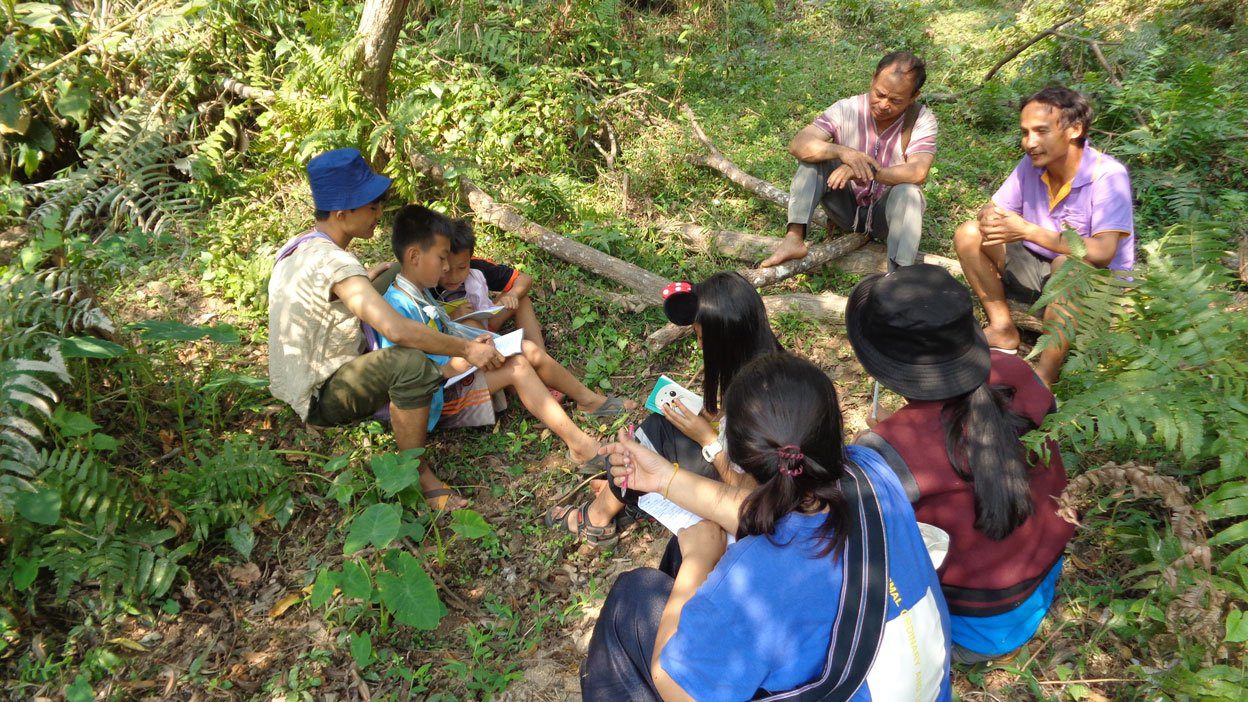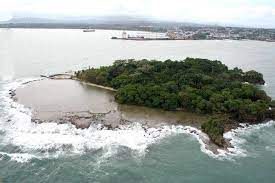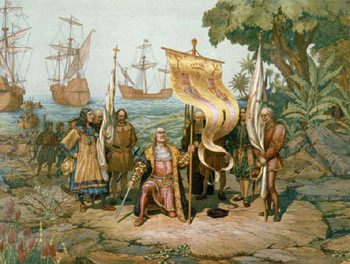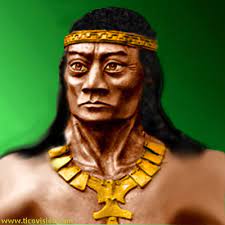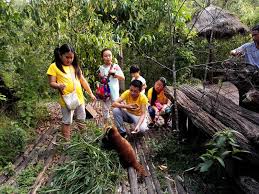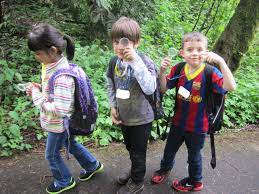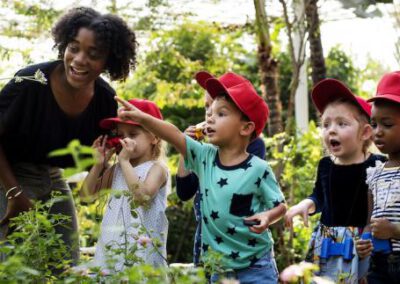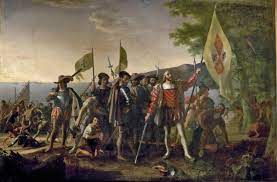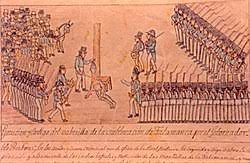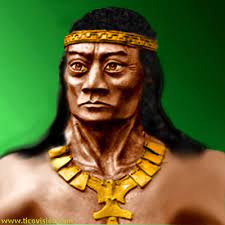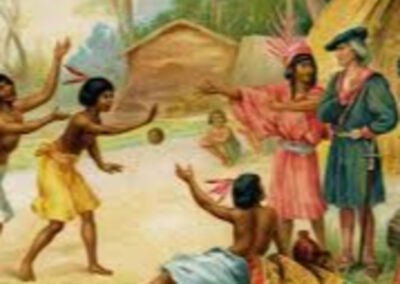Contents
School Project | Uvita Island – Culture and History
Our aim with this school project is to teach kids from Limón more about the history of their own city and province, practically outside their college walls.
By taking a group of college kids to the island ‘Isla Uvita’ we have an opportunity to spend an unforgettable day. During the excursion, they will learn lots and have great fun doing so.
Tour – What to expect? Learn, Play and have Fun
History and Culture
First, the boat trip from Limón to Quiribi will be an exciting experience on its own. Leaving the mainland from the small inlet of ‘Piuta’ which most kids will be familiar with since it is a save place to swim and spent family time. Once out on the Caribbean Sea, we can lecture them on old sailor times. And about discovery by Columbus, and the role of Pablo Presbere, and it’s influence on the culture of the Talamanca Indigenous People and existence of the Caribbean site of Costa Rica.
Theme: Preservation of Nature and Wildlife
Another theme will be the preservation of Marine wildlife, pollution, and climate change. Once disembarked on the island, we will enjoy a tropical fruit lunch and open coconuts to drink. This is a good moment to look around and relax on the beach.
At a certain point, we gather and split up in various groups to start different activities.
Treasure Hunt
One will be a treasure hunt round the Isla Uvita with lots of chores to fulfill and tasks to solve. A good way to learn more about Isla Uvita and explore nature along the breathtaking footpath.
Marine Life and Nature Conservation
A second group investigates the water for Marine Life, go in to snorkel or collect plants and animals from the shoreline. With the findings, we will fill a small aquarium to get a better picture. This will enable the students to complete our assignments and answer questions that are relative to the ecosystem.
Creativity
Another activity will be more creative, designing a certain object with natural materials found in the surroundings or drawing an animal that lives around there.
Surely there will be some more activities to be developed on the go. We will work together with the teachers to improve the trip.
Rotating them along the groups will keep us entertained and assure a valuable learning experience. Do not forget the competing element, for only one group gets the treasure, rewarded on our boat ride back to land.
After spending half a day on this inhabited Island, some will even want to stay. It is such a special feeling, like you are far away. But Limón is right there across the water with all its business going on, in contrast to the island which is so peaceful, which makes a difference very strong.
This was probably the first time for most kids to visit their own island. Now they can bring their family and friends along. Hope it was a fabulous addition to their school routine, learning lots by a practical way. Hope they had an unforgettable day.
Duration
Approximately: 6 hours.
What to bring with you?
Sunscreen, drinking water, eventually, rain cover or long sleeves for the boat trip. It can sometimes be difficult to make a valid weather forecast. If weather allows, a nice camp fire will be made.
Our Tour guides
Our guides are genuinely local and experienced tour professionals. They harbor a sincere and profound passion for nature and wildlife, deeply respect Costa Rican culture, are thoroughly prepared, and are licensed by the ICT (Costa Rican Tourism Institute).
They would love to show you Uvita Island and tell you about the History and Landing of Christopher Columbus in 1502. And the influence on the Culture of the Caribbean side of Costa Rica.
Pricing
Pricing is upon request, as well as the program will be tailor-made, based upon educational added value, and preferences of the school.
About Isla Uvita – Limón
Uvita Island, or Isla Uvita (Spanish: “little grape island”), officially Isla Quiribrí, is a small Island with a rich Culture. It has a size of not even 4 acres.
The location is less than a mile from offshore Limón, and can be reached by a boat tout. It is currently uninhabited, but there is at least one structure on the island, and a small dock. It is possible to visit the island by renting a boat and a driver at one of the fishing docks on the Cieneguita River.
Uvita has had several names over the years, in English, these include Grape Cay, Grape Island, and Uvita Island in Spanish. The Cariari Indians called the island Quiribrí.
In 1986 the National Commission of Nomenclature approved the restoration of the name Isla Quiribrí. The Academy of Geography and History of Costa Rica, asked that the Commission and the Municipality of Limón publish the name change in 2002 during the 500th anniversary of the arrival of Christopher Columbus on the island.
Isla Quiribrí is now the official name but is seldom used, locally, the island is still referred to as Isla Uvita.
Isla Uvita and Christopher Columbus
Christopher Columbus anchored his ships on the island for repairs during his final voyage to America in 1502, and gave the island the name of La Huerta.
The two-week visit allowed contact with the Indigenous people, who welcomed the Europeans dressed in clothing of gold, which was the reason that some mistakenly attributed to Columbus the naming of Costa Rica (Spanish: “rich coast”), a name which was actually first used by the Royal Audience of Panama in 1538.
About the Tour, a rich explanation of what the entering of Christopher Columbus, inherited to the history of the Caribbean Coast of Costa Rica, and how the Caribbean Culture started which is quite different from the rest of Costa Rica.
Presbere – Strongest Indigenous Warrior
Pablo (originally Pabru) Presbere was an indigenous king of the community of Suinse, in the region that is now known as Talamanca. He is remembered as the indigenous leader who led the aboriginal insurrection against the Spanish authorities in 1709.
The rebellion by Presbere was supported by all the natives of Costa Rica from Cerro Chirripo. This allowed the aboriginals to regain control of the territory of Talamanca, which became in a refuge area during the colonial period of Costa Rica.
He was known as the most feared warrior in Talamanca. Some sources argue that his original Indian name “Pabru” means “chief of the macaw” and “Presbere” would be “Place of running waters”.
The reason for the indigenous uprising of 1709 was the interception, by Presbere, of a letter ordering the uprooting of the Talamanca Indians from their lands. Presbere attacked this intervention.
After attacking Urinama, the army of Presbere went to Chirripó and fought back. The Indians in arms burned fourteen churches founded by the missionaries, the convents and town houses, and destroyed the images and sacred objects of the friars.
They did this because these were a symbol of the threat they represented to their traditional order, the legacy of the indigenous people of Talamanca.
The authorities of Cartago decided to carry out a punishment expedition, and Presbere went to take refuge in the village of Viceita with all his people. And after a hard scuffle, Presbere was captured, together with more indigenous leaders of Talamanca.
In Cartago, Presbere and the other indigenous leaders were put on trial, Presbere did not admit any responsibility. He refused to give up any of his fighting companions. But was seen by many indigenous people as leader of the insurrection. On July 1, 1710, Presbere was sentenced to death by “Garrote”.
After the insurrection of Presbere, the indigenous people of Talamanca reinforced their identity and dominion in that territory, increasing their function as a refuge zone for the aborigines who managed to escape the Spanish rule.
In a certain way, this allowed the subsistence of the traditions, identity, and language of these cultures to this day. The rebellion of Presbere is still considered as the maximum protest action of the Talamanqueño indigenous before the Spanish submission, which allowed Talamanca to recover its independence and sovereignty.
School Tour | Uvita Island| Learn – Play and Have Fun
